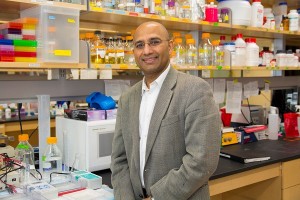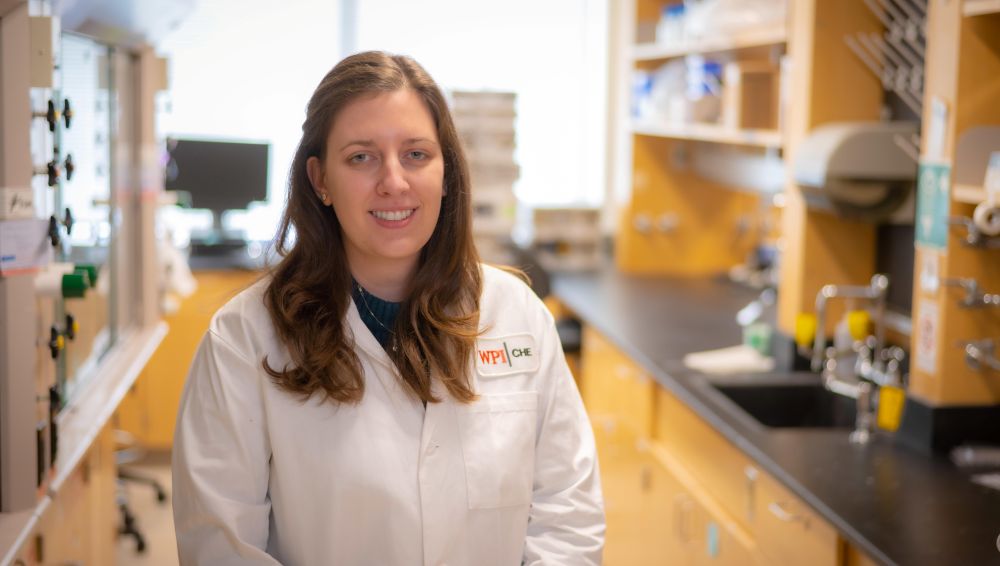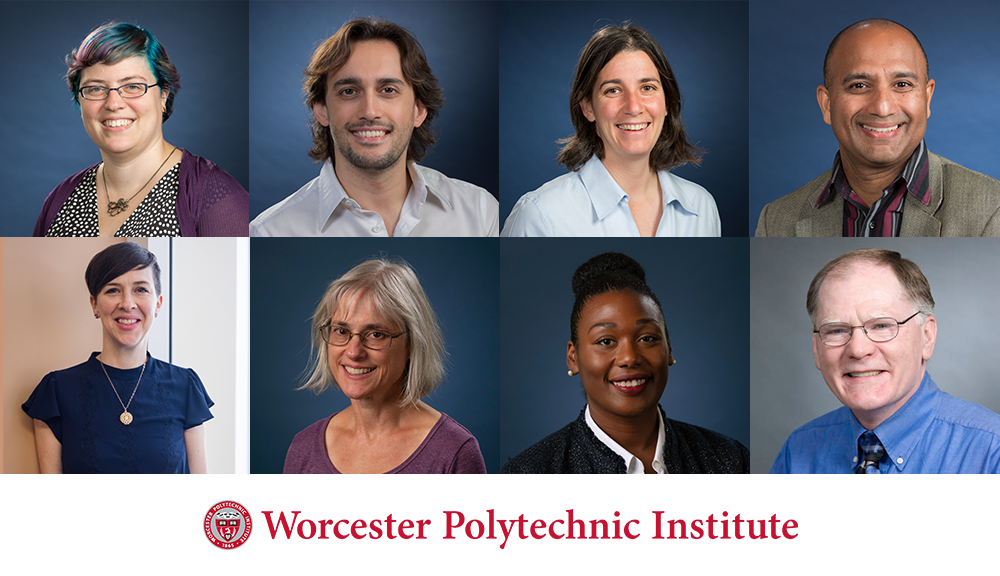We unearth them when we’re gardening. We use them to bait fish. We mark the arrival of spring – what is that, again? – with the robins that appear and begin plucking them from the recently thawed soil.

Prof. Jagan Srinivasan
But what most people don’t realize is that humans share very distinct characteristics with certain worms when it comes to vital social processes such as mating and bonding.
Yes, you read that right.
Worms.
“People say to me, “What, wait… this is such a tiny, microscopic, 1-millimeter-long worm – how can that tell us something about human communication?” says Jagan Srinivasan, assistant professor in WPI’s Department of Biology and Biotechnology, who has devoted significant research to understanding the social language of the nematode worm – and what its behaviors can tell us about our own. “The worm is not too different from humans.”
Srinivasan, who runs the Laboratory of Molecular Neurobiology and Chemical Biology at Gateway Park, will speak about his ongoing research and findings in “The Underground Social Network: Studying Communication in Worms,” a discussion at 6:30 Monday evening (Jan. 18) at Science Café Woo (NU Café, 335 Chandler St.).
As he explains, the specific nematode worm he analyzes, C. elegans, has been found to have a genome that is 30 percent similar to that of humans, although they are essentially simple creatures – they have 1,000 total cells, compared with our estimated 37.2 trillion. A major portion of the cellular architecture of worms is dedicated to their nervous system, approximately 302 are neurons – they apply a complex array of processes to attract, find, and identify mates.
Particularly, as they grow, they secrete distinct chemical compounds into the environment to connect with other worms. Using what Srinivasan calls a “very intricate chemical alphabet,” they secrete different chemicals at different stages, with their “chemical repertoire” changing throughout their short life cycle.

Surviving on E. coli, the nematode population is dominantly hermaphroditic – meaning that the majority of specimens contain both female and male reproductive organs – and lives for a maximum of 20 to 22 days, with just four of those days focused on reproduction.
“Even though the worm is simplistic, what it is trying to do is put a chemical alphabet together to communicate,” says Srinivasan.
And although it lacks in sight, the nematode shows strengths when it comes to other senses. “The worm cannot see like humans, but it can smell better than humans,” he said.
So what similarities do we share with the simple-celled creatures?
As Srinivasan has found in his research, the firing patterns of neurons in worms is similar to ours; that is, we use similar strategies to establish chemical concentration preferences when it comes to social communication.
The goal throughout his studies has been to determine just how much chemical signals play a role in human communication. And ultimately, further research could potentially lead to a better understanding of – as well as cures for – various social disorders, such as autism, he says.
“We are tuned to certain concentrations of chemicals,” he explains, using the metaphor of finding just the right amount of cologne or perfume to apply to be attractive to a potential mate – without coming off overpowering, or, conversely, underwhelming. In the end, it comes down to the question of “What is the right concentration for me to act?”
Srinivasan, in turn, notes that he has to find his own unique balance.
“People who have absolutely no scientific background will be listening to why it’s important to be studying worms,” he says. “I’m going to try and make it as simplistic as possible for the general public, yet maintain the big scientific questions.”
Interested in learning more? Catch his talk Monday night at NU Café — or visit the Srinivasan Lab website: Here.
– BY TARYN PLUMB



